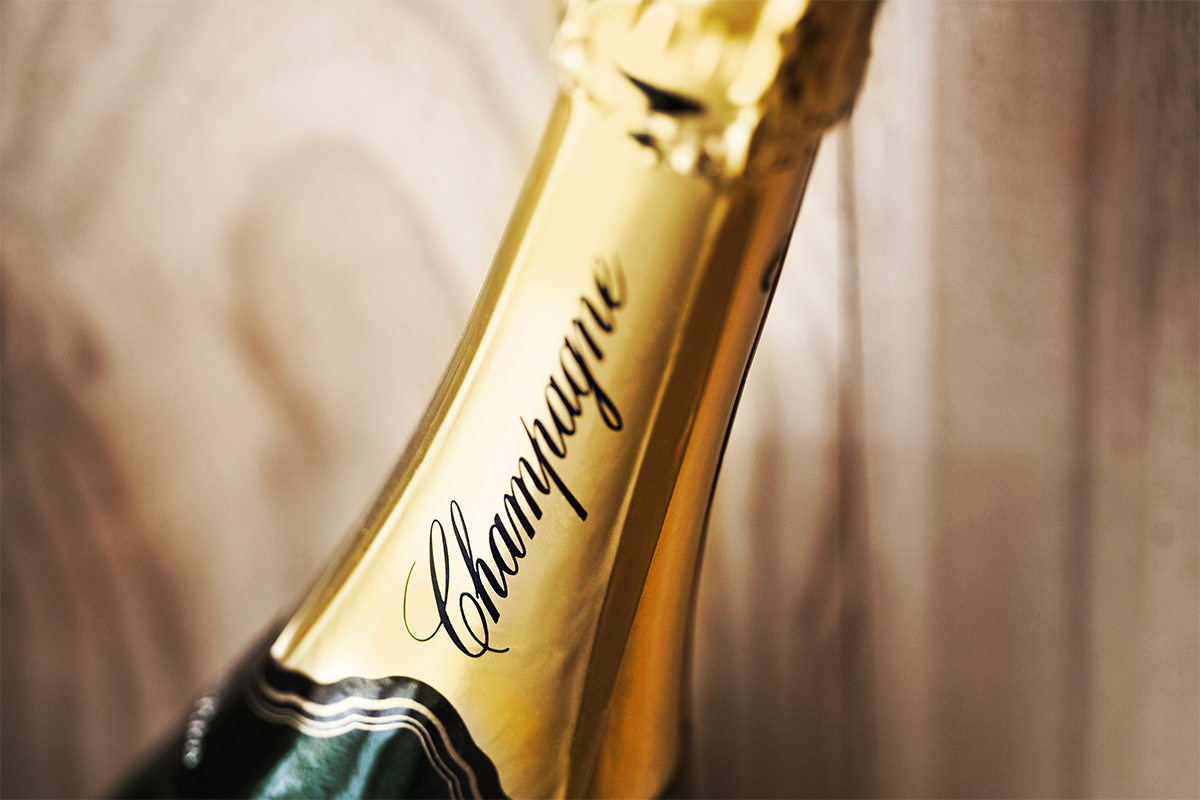Vintage, blanc de blanc, blanc de noir, rosé, demi-sec, the list is long and makes it difficult to master a bottle of champagne. Between the multitude of crus, cuvées, and grape varieties, novices can quickly find themselves lost. To help you, you have to read the label.
What does a champagne label say?
A champagne label contains a multitude of information intended to enlighten the wine lover as to the composition, style and origin of the wine contained in the bottle at the time of purchase. The first piece of information to look for on a label is the word « champagne » written prominently on it, which gives a certain assurance as to the originality of the drink. Then, the name of the producer is on the label.
The big houses put it prominently, but it is not necessarily the same for the small producers who are sometimes content to indicate it in small characters or to omit it altogether.
The type of manufacturer of the champagne, a crucial mention to check
The second thing to pay attention to on a champagne label is the initials. They give information about the producer. By knowing the producer, you will know more about the originality of the wine.
RC (Récoltant – Manipulant)
It is a mention that states that the champagne was elaborated by the winemaker himself. It is a sign of originality. There are about 2000 RM in champagne.
RC (récoltant coopérateur)
If you find this mention on a champagne label, you can also be reassured. Indeed, it is a wine grower who delivers the fruits of his vine to the cooperative to which he belongs. The cooperative will transform the fruit into wine.
The cooperative harvester recovers the finished bottles to market them under his own name. It is not necessary that the name of the cooperative appears on the bottles, especially if they are not yet disgorged. In some cases, you can find the name of the cooperative, the place of manufacture and the mention » ‘ for (name of the wine grower). There are about 3000 RC in France.
NM (négociant manipulant).
It is about companies which elaborate bottles from their own vineyard or from grapes bought to other wine growers. NM, it is a mention of the big houses
MA (Auxiliary Brand).
These are large companies that wish to market champagne under their own brand. In these cases, they buy the bottle, stamp them and sell them under their own name. Sometimes the label mentions the real producer of the champagne. This allows the consumer to know the quality of the wine.
ND (négociant distributeur)
Always a variant of the MA.
SR company of harvesters
It is about wine growers who sometimes gather in cooperative to vinify their wine and sell together. This is also a safe initial.
CM cooperative of Handling
This mention means that the champagne was made by a cooperative. There are at least 100 in Champagne.
The identity card of champagne
According to the law, the village where the vineyard is located must be mentioned on the label. Similarly, the dosage must appear on the label. You will therefore see a mention on your bottle. It informs about the sugar level. Here is what each mention informs:
Brut (12 g of sugar/liter), bruts naturels (no added sugar), extra brut (sugar level between 0 and 6 g), extra dry (Extra Dry) (sugar level between 12 g and 17 g per liter), sec (or Dry) (sugar level between 17g and 32g), demi-sec (sugar level between 32 g and 50 g and finally doux (sugar level over 50 g/liter. It is not said that you will see all these mentions on a single bottle of champagne. You will see one or the other.
Read the information about the vinification
You will see written on some labels, « ‘ blanc de Blanc »‘. This means that the bottle of champagne concerned has been elaborated only from the chardonnay grape. Indeed, it is the only Champagne grape variety to be white. On some other labels you will read « ‘ blanc de noir »‘. This means that the champagne wine has been elaborated from the sister grape varieties: pinot noir and pinot meunier.
You can also read Rosée de saignée on other labels. It means that the pink champagne has been obtained thanks to the maceration of grapes. It also implies that it is not red wine that has been added to the blend to obtain this pink color. The rosée de saignée is an intense cuvée with a very strong character.
If you read the vintage on a label, understand that the grapes used in its making were all harvested in the same year. If you read the vintage on the label, know that it must also appear on the cork.
The date of disgorgement also appears on the label. It informs the consumer about the time of aging on lees of the bottle of champagne. Finally, we advise you to avoid buying champagne without a label. They are often presented as declassified champagne, young vines, out of quantum. The truth is that this often contains frauds that should be denounced.
